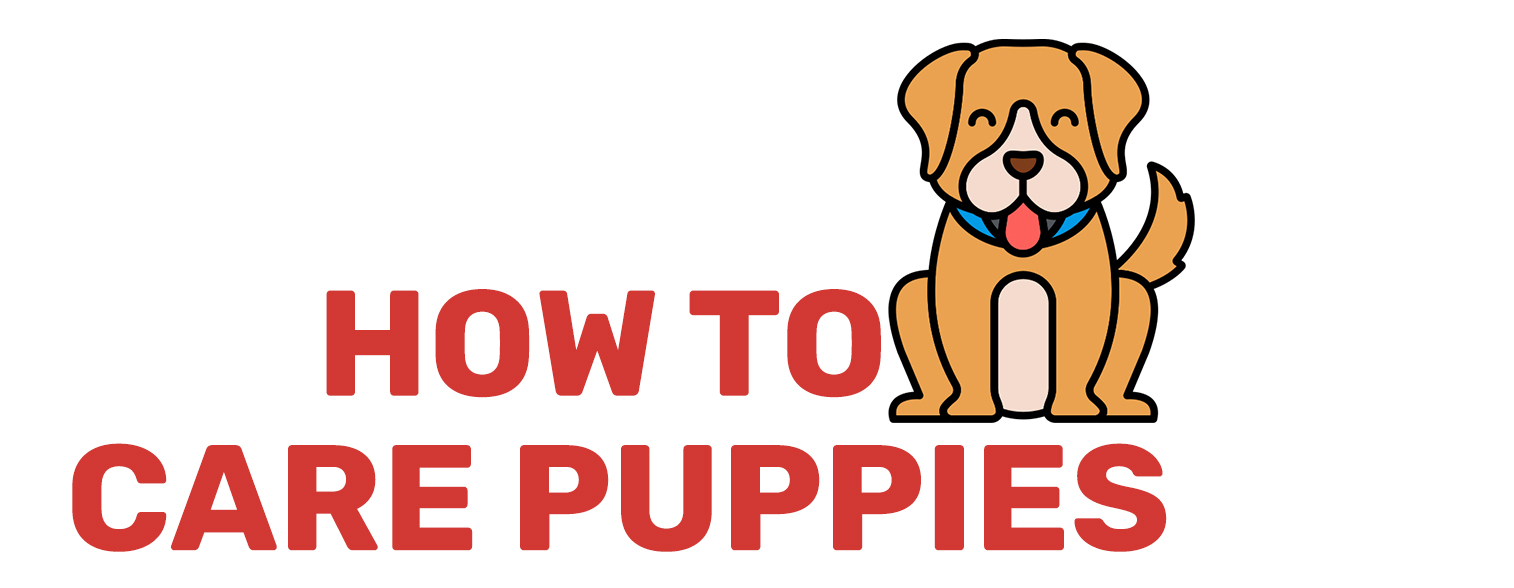
Feeding Your Puppy: Everything You Need To Know
Puppies grow fast and require nearly twice the energy intake proportionately as a normal adult dog. That is why it is very important that they are fed regularly and with the correct nutrition.
After around four weeks, most puppies will gradually begin weaning off of their mother’s milk. At eight weeks, most puppies should have already made the transition to dry food. Typically, dry food or kibble is preferable for puppies and adult dogs as well because of its dry consistency scrapes and cleans their teeth and is good for their gums. It is also beneficial for teething puppies. Dogs who eat only soft, wet food generally have more dental problems than dogs who eat dry food.
When selecting dog food, as a general rule it helps to remember that you get what you pay for. Cheaper types of puppy food will typically have lower quality ingredients; the opposite is true for more expensive, premium brand dog foods. The protein value for puppy food should be around 25% protein.
Treats should not make up more than 10% of a puppy’s diet, and it is never a good idea to feed your puppy table scraps or give him his food from the table. This can lead to unwanted begging habits.
The two ways to feed your puppy are scheduled feeding and free feeding. Scheduled feeding is generally acknowledged as the superior method because it allows you to monitor your puppy’s food intake and it will put your puppy’s bathroom breaks on a predictable schedule.
You know you are not feeding your puppy enough if you can see his ribs, but you are probably feeding him to much if you are unable to feel the ribs through his fat. Most puppies will let you know if you are giving them too much food at a time by leaving some of their food behind. As with all animals, puppies require plenty of water, so make sure they always have a fresh supply of it. And of course, if you have any questions you should seek the advice of a certified veterinarian.
